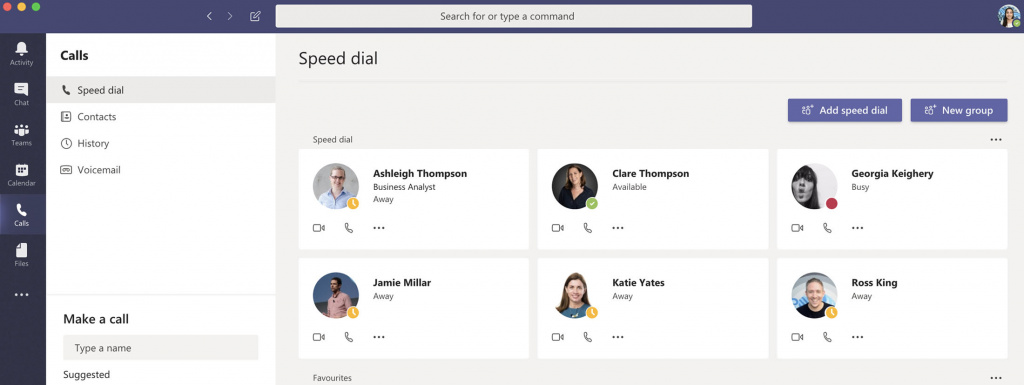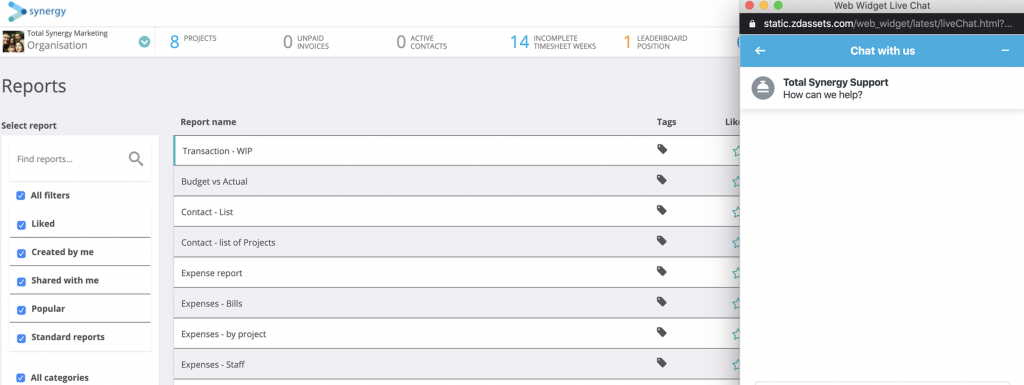
Cloud software stress-tested during COVID-19
Cloud software stress-tested during COVID-19
Share
COVID-19 has prompted a high-stakes stress-test of the architecture and design industry’s cloud infrastructure and remote working capacity.
Cloud-based software has become the backbone of COVID-19’s global virtual collaboration experiment on a scale never previously experienced, with Microsoft reporting a 775% spike in demand for cloud services.
The A&D industry has been historically reluctant to embrace decamped working solutions, citing the lack of dedicated tools that allow essential parts of the creative process of architecture to happen remotely.
This industry hesitancy and the quick escalation of the COVID-19 pandemic’s social isolation restrictions have seen practices scramble to put remote work practices and comprehensive cloud infrastructure in place. For many firms, key project files still sit inaccessible on isolated servers in vacant offices.
For the firms that had cloud-based design software and file sharing in place, the COVID-19 pandemic has been an unplanned and high-stakes stress-test of their remote work capacity. These firms say this is no quick fix that should be rushed through during a high-pressure moment.
“The reality is that suddenly displacing your workforce into their own homes for an indeterminate length of time is not as straightforward as it sounds, especially amidst the huge uncertainty and anxiety that’s going on,” says Scott Osborne, CEO of practice management software company Total Synergy.

Total Synergy began the process of becoming a cloud-based business in 2012, developing the cloud components of their AEC software at the same time.
“The fundamental benefit of being a cloud-based operation is untethering from your business premises,” says Osborne.
For the architecture industry, cloud software must extend must extend across the hierarchy of tasks, from project design to practice administration.
“When we get to a place like this, not only do we look internally and ask if Total Synergy is able to respond and manage a crisis ourselves, we also need to do the same thing for our clients,” describes Osborne.

“In the architectural context, this typically means using your mobile to send transmittals, do timesheets, address defects or even just ‘hotspotting’ your laptop to the internet while still on site — removing the need to go back to the office to write notes, create a report, or communicate with the team.”
Bates Smart director Matthew Allen spearheads the architecture firm’s technology and innovation initiatives and says that it was their existing cloud-based software that saw the firm able to rapidly decamp 95% of staff to home offices by mid-March.
“Moving 100% to virtual working was made far simpler as we were already using cloud-based software to share resources and information, including BIM360, Teams, OpenAsset, Office 365, Bluebeam and our office intranet. This was further enabled by a rapid expansion of our remote login capability,” says Allen.
Speaking to whether the pandemic will see working from home dynamics becoming more commonplace in the architecture industry, Allen predicts that it will be a complement rather than replacement of the physical architecture studio environment.
“Personally, COVID-19 has enabled me to more clearly understand which activities can be easily or more effectively done remotely, and which activities still benefit from face-to-face collaboration. I am finding that concentrated and procedural tasks like writing, focused drawing and modelling, and markup processes can be easily done in isolation, but open and speculative collaboration is much less productive,” says Allen.
“Architectural practice for large scale projects is built around meetings and workshops where all attendees need access to a huge range of source material: plans, photos, models, maps, reference images, technical papers, to name but a few.”
“We’re yet to find a collaboration platform that can deliver this as effectively as having everyone in the same room in front of a pinup wall. So, while I can see remote working becoming more commonplace, I can’t see it replacing the design studio,” Allen forecasts.
COVID-19 has forced firms to create wholesale virtual office environments and in doing so has exposed the true potential of their software as well as stretched the boundaries of their cohesion and productivity.
“Working 100% virtually has opened the door to experiment with new ways of conducting meetings, whether that means changing up the participation structure, or integrating new presentation styles, like pre-recorded video clips. These things are happening out of necessity so that virtual meetings stay engaging and productive, and under normal circumstances, they may have taken much longer to try out or implement,” says Allen.
“It’s exciting to see new and unexpected ways of working come together successfully.”
Click here to read about the Total Synergy team’s experience working from home.
Check out our Working from Home video series where A&D leaders share their remote work strategies and environments.
Stay up to date with our COVID-19 coverage here.
Lead photo: Annie Spratt.
You Might also Like
























